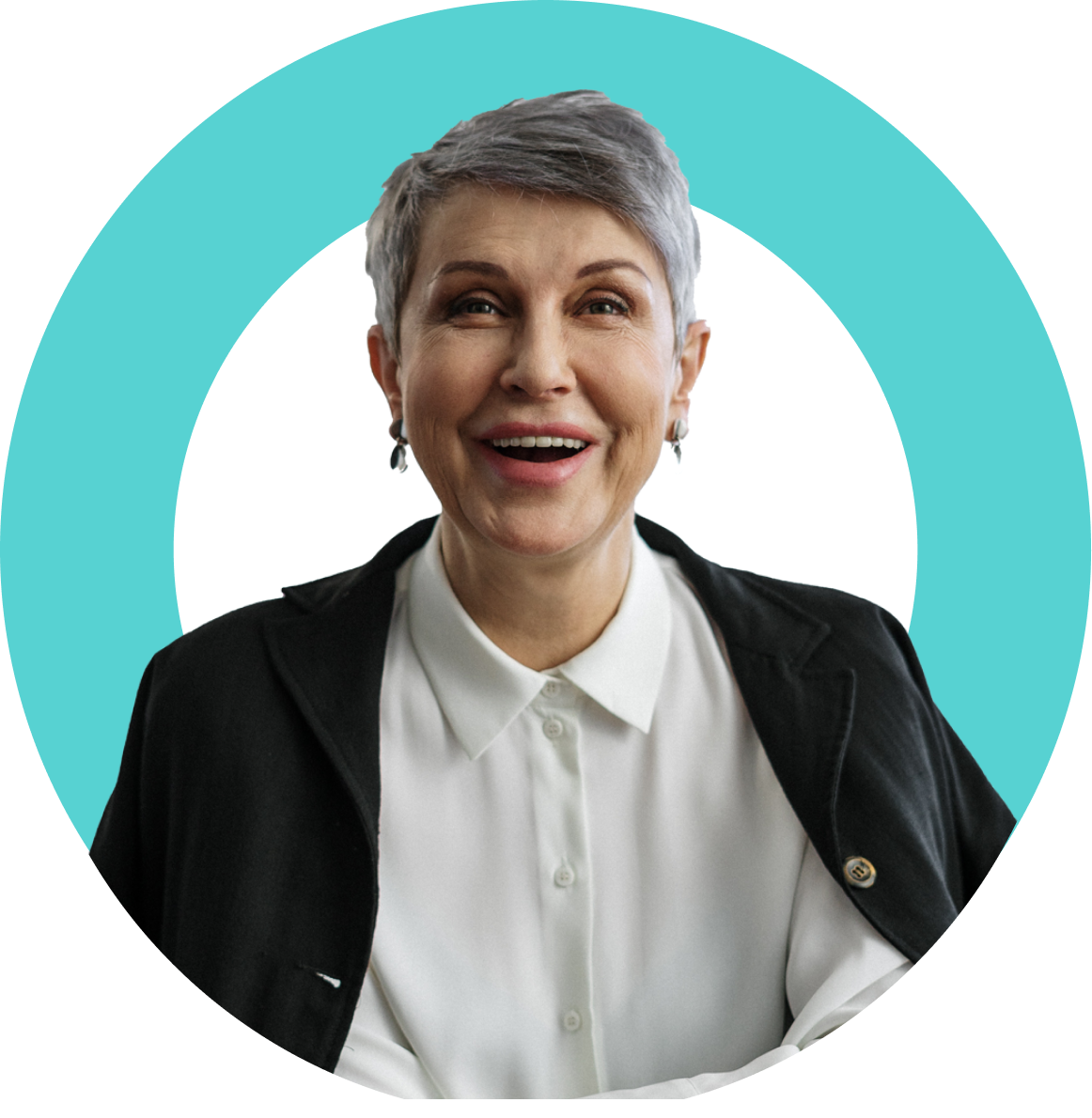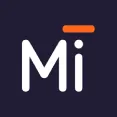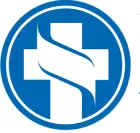


Key Results
23% to 58%
2000+


THE WILLIAMS COMPANIES
Servicing the natural gas value chain


Key Results
2,300+
~1,200
+152%


Highlights at Williams include
- Opus enabled a 152% increase in learning retention, going from 28% to 58%
- Converted all relevant UPK content into fully editable Opus content
- Williams have created nearly 1,200 documents and counting
- Williams have SME Users creating and maintaining Opus content
- Opus supports all languages needed

For more than a century, the Williams Companies (NYSE: WMB) name has been associated with energy, innovation and trust. Williams has a long history of building and operating facilities that move safe, affordable, reliable energy sources that heat and fuel the nation’s clean energy economy. With interstate natural gas pipelines and gathering and processing operations throughout the country, Williams handles approximately one third of the natural gas in the United States that is used every day to heat homes, cook food and generate electricity.
In 2020, The Williams Companies started a digital transformation project to migrate to the Oracle Cloud ERP for their Financial, Projects, Accounting and Supply Chain systems, with go-live in Q3 2021.
The existing training content was predominantly created in Oracle UPK with over 8,000 assets in the Williams Course Catalog in their LMS, delivered in a blended approach, but heavily reliant on Instructor Led Classes which is expensive and disruptive to work schedules.
Chris White, Manager of Enterprise learning was tasked with identifying a new approach to gaining effective adoption of the new systems. As previously mentioned, the prior approach relied heavily on instructor led training and utilized an array of tools to generate the content needed for such training. This was in addition to the step by step work instruction content created in Oracle UPK. The cons of the prior approach was that learning retention was low, 23%, and finding other help content required the user to leave their target application to search for relevant content, which was hit and miss.
Chris developed overarching objectives needed for an improved approach to user enablement:
- Eliminate waste – centralized content to facilitate review, release management and maintenance and just-in-time training and support to eliminate waste of prior learning loss from instructor led training
- Improve performance – reduce errors, omissions and rework in executing application tasks and reducing the number of service desk tickets
- Create predictability – single source for adoption support with clear expectations for employee self service
- Adoption – reduced time to task proficiency and ability to maintain relevant support content for on-going adoption
Chris and Jolt knew that Oracle UPK needed to be replaced. Their objective was to replace UPK with a digital adoption tool that also facilitated his overarching objectives:
- In-application help and guidance – to keep the user in their target application and in their workflow
- Multiple content formats for user preference – job aids, simulations, walk throughs, books, all templated and generated from the same recording
- Centralized content and workflow management – all the content development work and the content developed, is managed from a centralized location
- Subject Matter Expert community involvement – ability to leverage the SME’s in the organization to allow broad coverage beyond what the L&D team could do
- Many formats for user preference – job aids, simulations, walk throughs, books, all templated and generated from the same recording
- UPK Content conversion – the ability to convert UPK content into fully editable Opus content to update and maintain
Williams, with Jolt’s assistance, ran a proof-of-concept with Epilogue Opus which resulted in their selection of Opus as it met all the criteria in an efficient, easy to use and cost effective approach for their software migration. With the power of Opus, current business processes were reworked or replaced in 2021. White summed up his initial satisfaction with Opus with the following statement, “During the critical post go-live months, we had 2,365 users and the weekly average usage of Opus was 2,252, that’s 95.2% of users!” In the year following their go-live, they tested user learning retention and found it had increased from 23% retention to 58%, a 152% improvement. Further, their users had used Opus 58,000 times in that first year and other functional areas are seeking to use Opus for their key application needs.
During the critical post go-live months, we had 2,365 users and the weekly average usage of Opus was 2,252, that’s 95.2% of users!”
Williams had several Key Business Objectives including the following highlights:









